Hello dear reader,
It is late November 2023. A thesis, titled "Efficient Algorithms for Solving Optimization Problems in Aerospace Trajectories" has been completed. This scholarly work offers a comparison of algorithms traditionally employed to navigate the complexities of space travel, scrutinized through the lens of three distinct test scenarios. The document awaits your perusal here:
tc128_2023.pdfFor those who seek to delve deeper into the matrix of this research, the source code utilized for data generation within the thesis is accessible in the vast digital expanse of GitHub:
Graduation thesis source codeTo run the optimizations, one must compile the ESA source code. Enter the GTOPtoolbox directory (GTOP stands for Global Trajectory Optimization Problems), create a directory named build, go inside it, run cmake .. then run make all to compile the test problems. Further instructions are available on the README.md file at the root of the repository.
The essence of the thesis can be distilled into a succinct conclusion:
Genetic algorithms stand superior in their class. Simulated Annealing performs admirably, shall the user not mind it occasionally falter in the traps of local minima. The remaining algorithms showed a disappointing performance in solving the optimization problems presented.
Beyond the academic conclusions, the thesis reveals captivating visual outcomes of the optimizations. For instance, consider the trajectory from Earth to Jupiter that strategically incorporates a fly-by through Mars for fuel savings:

This maneuver requires only 9.42 km/s of delta-v, significantly less than the direct route to Jupiter, which demands at least 12.57 km/s:

The document also delves into the Cassini 1 problem, mirroring the trajectory of the historical Cassini mission. The optimized route presented uses only 4.97 km/s of delta-v to reach Saturn, deftly illustrating the remarkable efficiency of gravitational assists:

Zooming in on the first three maneuvers of the Cassini 1 path, we observe a calculated approach with two fly-bys near Venus. These maneuvers leverage the gravitational pull of Venus to alter the spacecraft's trajectory efficiently:

These findings underscore the effectiveness of using planetary fly-bys for fuel conservation in interplanetary travel.
Yes, this text was generated using chatgpt...